Fuentebella: another nice and abandoned village in the north of Spain
Monday, November 26, 2018
Fuentebella is a depopulated and old municipality of the province of Soria. Autonomous Community of Castilla y León. A village of the region of Highlands and the Valley, that belongs to the municipality of San Pedro Manrique.
I have chosen this village, because I find it very beautiful: with the stone houses --which look like they were painted in pink-- and the pink roofs, almost all the houses look the same ...
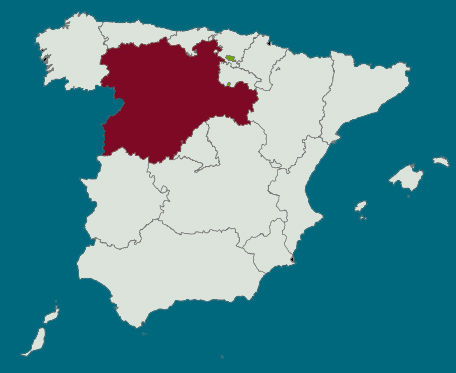
The map of Castilla y León in Spain
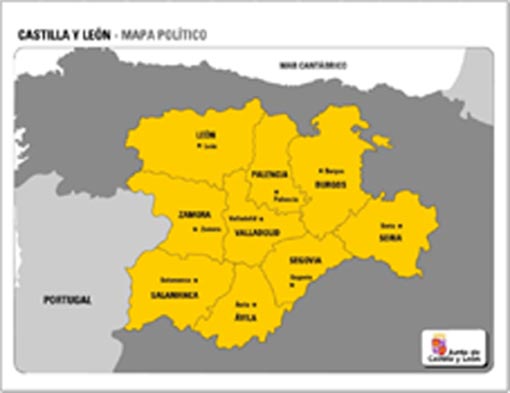
Provinces of Castilla-Leon
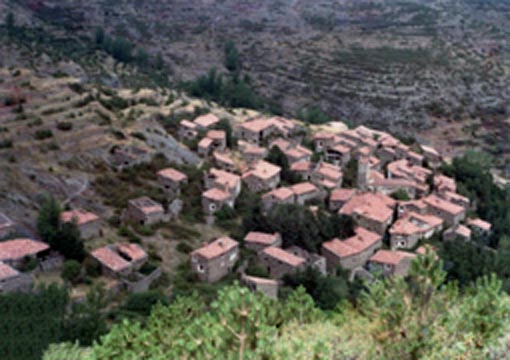
A general view of Fuentebella
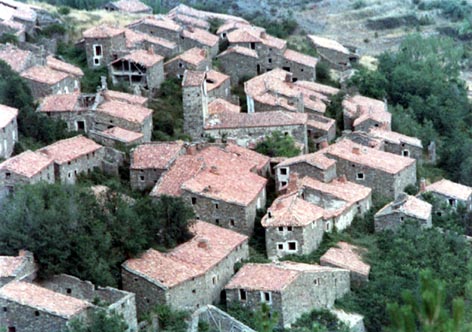
Fuentebella close up

Another view of Fuentebella close up
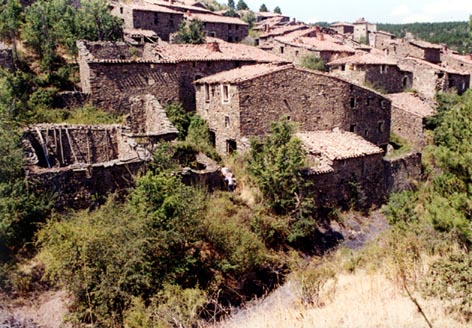
Several houses from anothe angle
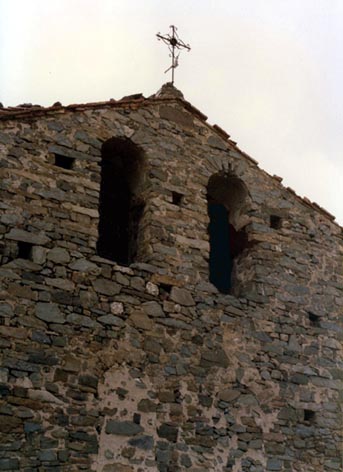
The bell tower of the church
At the end of the 70s, the locality was constituted in constitutional municipality, in the region of Castilla La Vieja, judicial district of Ágreda, that in the census of 1842 counted on 40 homes and 158 neighbours.

Ágreda
At the end of the XX4th century, this municipality disappeared, because it was integrated in San Pedro Manrique, it had then 34 homes and 135 inhabitants.
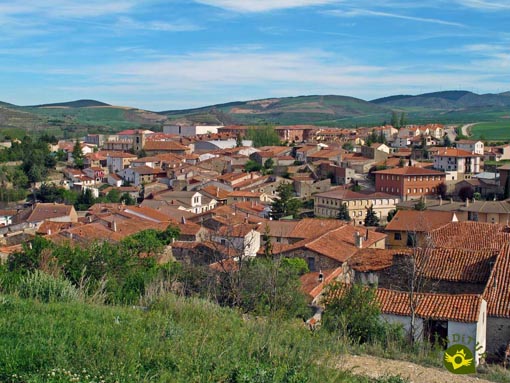
San Pedro Manrique
Together with other villages, in the Sierra, in the 60s, the lands were bought by ICONA to be reforested.
Although geographically it belongs to the district of San Pedro, for the ecclesiastical administration, the locality belonged to the diocese of Calahorra, and to the judicial party of Ágreda for the administration of Justice.
Well, I hope that you will like this article and hope that you will can visite this small village, as soon as possible.
Until my next post, kind regards,
Luis.
Sponsored by Costaluz Lawyers.
Please click below:

 0
Like
Published at 10:45 AM Comments (0)
0
Like
Published at 10:45 AM Comments (0)
Sea shells in southern Spain
Monday, November 19, 2018
Today I would like to share some photos with you, which a brother of mine made a few days ago.
Yes, he was on the beach of Getares (Algeciras, Cadiz) and saw how a girl was putting several shells on a small wall, on the seafront of Getares; he liked the scene and decided to take several pictures.
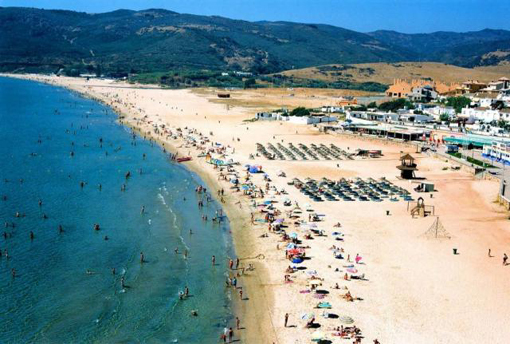
The beach of Getares
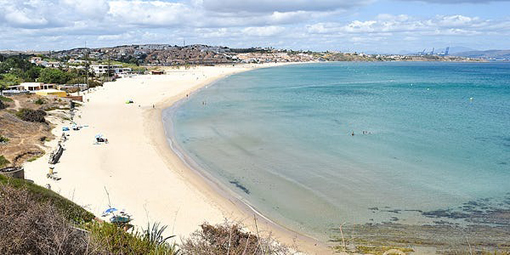
Another view of this beach
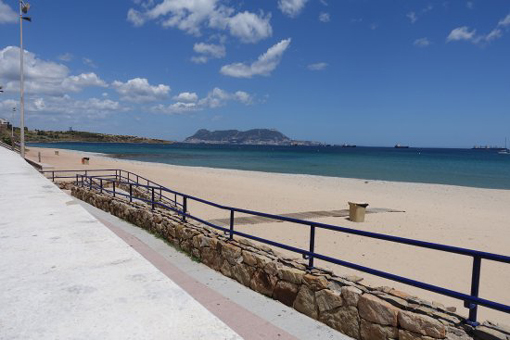
The beach close up
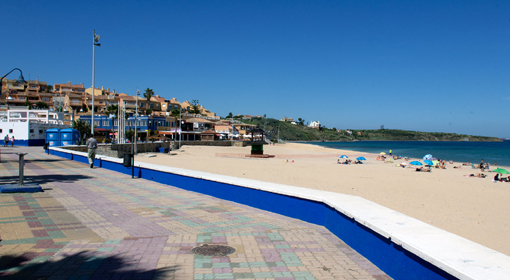
A part of the seafront of Getares
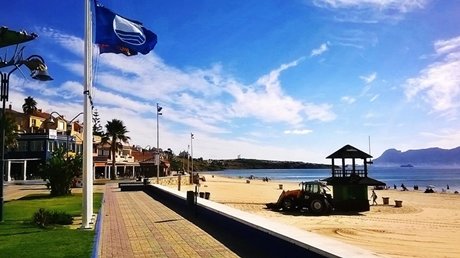
The seafront and Gibraltar in the background
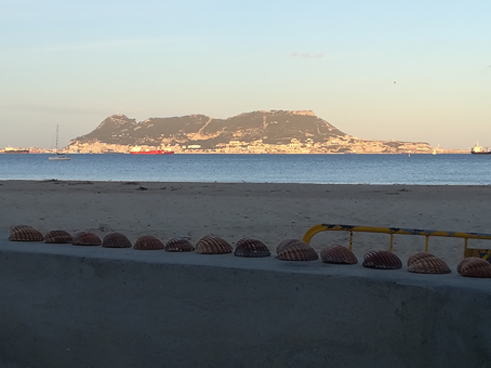
The shells put by a girl and Gibraltar in the background
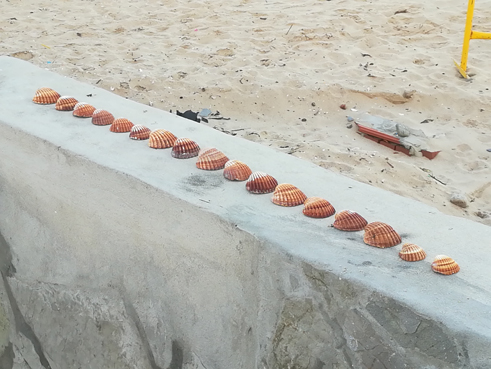
The shells close up
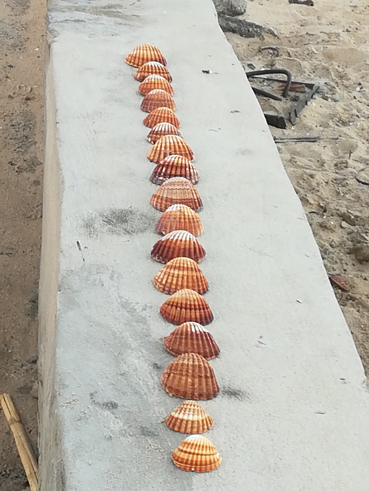
Another view of the shells close up
I wanted to talk about the shells on a beach of Algeciras --and therefore, of the Campo de Gibraltar-- because it seems unfair that, lately, on television, they only talk about this area as the main focus of drug trafficking; but they do not speak of many honest people, who work hard, every day, to raise a family and an entire area, which has many riches, such as a great variety of fish –for example “The Voraz” is a fish that you can only find in this area, because it lives in the Strait of Gibraltar--, and many companies that, with much effort, offer several quality services to their customers –for example, recently, IMPULSA (a business group destined to promote the excellence of this region of the Campo de Gibraltar) has been created.
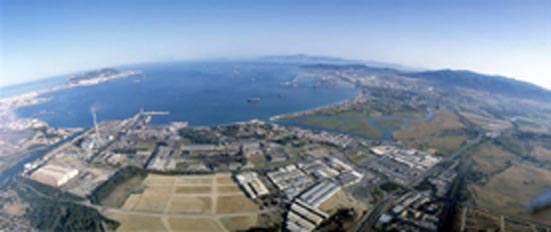
The Campo de Gibraltar
You can identify a Voraz thanks to the black spot that it has near the head.

A Voraz
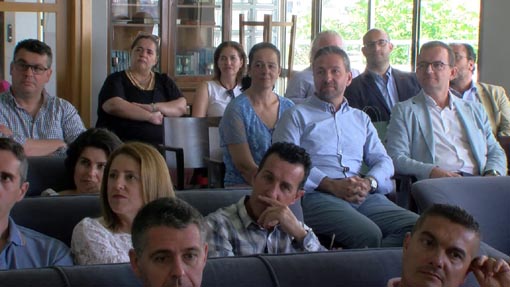
A meeting of IMPULSA in Algeciras
Well, now I am going to talk to you about shell.
The shell serves as a defensive element for mollusks to protect themselves from the external aggressions of their predators, and as an anchoring point for their muscles and organs. That is, for protection and anatomical support. It has three layers, although some of them can disappear in certain groups of mollusks. The innermost is the nacre or endostraco. It is an organic mixture of layers of conchiolin (a scleroprotein, related to chitin that forms the shell of insects, crustaceans and other organisms) and aragonite crystals.
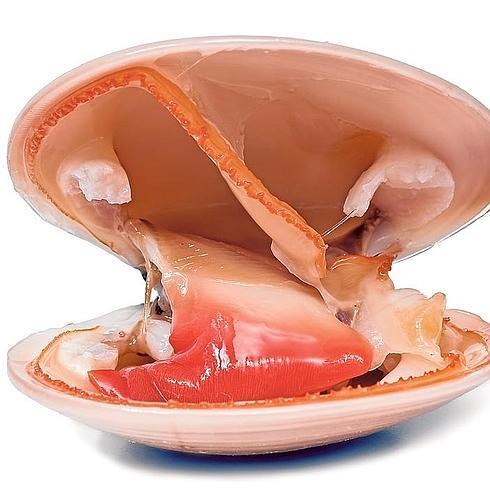
The mollusk inside the shell
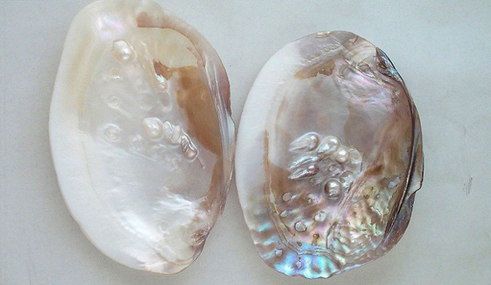
A shell with nacre
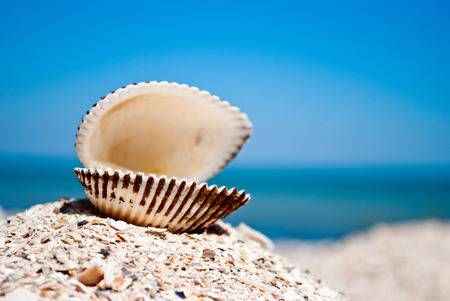
A sea shell open
The intermediate layer is the mesostraco, where prismatic crystals of calcium carbonate (CaCO3) appear, in the form of aragonite or calcite.
Finally, the periostraco is an organic layer of conchiolin. It could only be said that the conchiolin resembles keratin, because both are scleroproteins.
The nacre is secreted by ectodermal cells of the mantle of certain mollusc species. The blood of molluscs is rich, in a liquid form of calcium, which is concentrated outside the bloodstream and crystallises as calcium carbonate. The individual crystals of each layer differ in their shape and orientation. The nacre is deposited continuously on the inner surface of the shell of the animal (the pearly iridescent layer, also known as mother-of-pearl). These processes provide the mollusk with a means to smooth the shell itself and defense mechanism against parasitic organisms and harmful wastes.
When a mollusk is invaded by a parasite or bothered by a foreign object, that the animal can not expel, a process known as “encysting” enters into action, by which the offensive entity is progressively involved, by concentric layers of nacre. Over time, what we know as pearls forms, and the “encystment” is maintained, while the mollusk lives.

A shell with a pearl
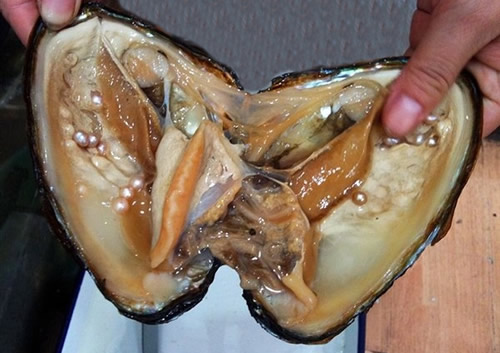
Mollusk with pearls
The shells are very durable and remain much longer than the soft-bodied animals, that produce them. In places, where large amounts of shells accumulate, sediments are formed that can be converted by compression into limestone. When the mollusks die, the shells are dragged, by the currents, towards the shore of some beach.
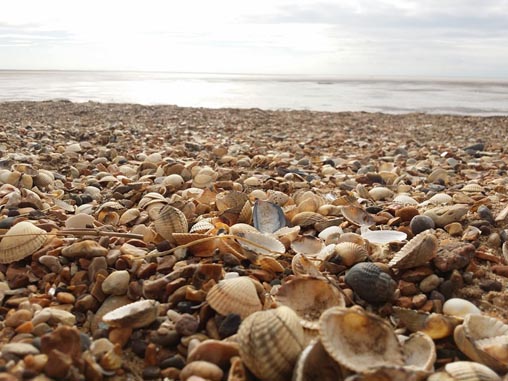
A large amount of shells on a beach
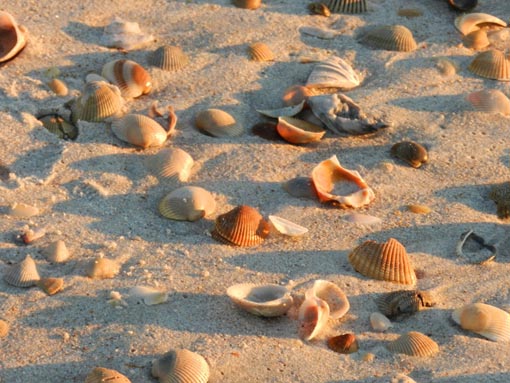
A few amount of shells on a beach
It is secreted by the mantle, a skin fold that covers the body of the animal and serves as the basis for the subsequent deposit of mineral salts. These crystallise, in different ways, giving rise to the different layers of the shell.
They are, in their majority, “dextrógiras”, ie, the spiral that constitutes it is always rolled towards the right. There are others (very few) that are levorotatory (that is, to the left), such as the “Neptunea contraia” or “Sinistralia maroccensis” and, sometimes, there is a levorotatory specimen of a species that is normally dextrorotatory, due to a mutation produced in the first stages of the development of the larva.
I take this opportunity to express my desire that nobody throw plastics to the sea and thus allow shells and other marine animals to live in peace within the sea.
Until my next post, kind regards,
Luis.
Sponsored by Costaluz Lawyers.
Please click below:

 1
Like
Published at 9:53 AM Comments (2)
1
Like
Published at 9:53 AM Comments (2)
Spanish researchers develop a system to obtain an early diagnosis of lung cancer
Monday, November 12, 2018
Today I would like to share with you this important news: "Some researchers from Valencia develop a system that allows the early diagnosis of lung cancer".
A new system based on epigenetic biomarkers, for the early diagnosis of reliable, minimally invasive and affordable lung cancer, allows to help a faster detection of this type of tumor and, thus, reduces the current high mortality rates.
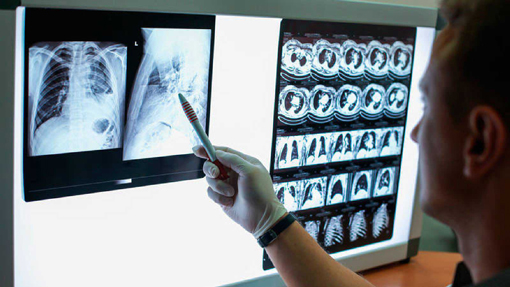
Radiographs of the epigenetic biomarkers of lungs with tumor
This epigenetic model is especially indicated in those cases in which the biopsy is not feasible or when the cytology is not conclusive, as reported to EFE from the Health Research Institute (IIS) of the La Fe Hospital in Valencia, an entity that has patented the system internationally.
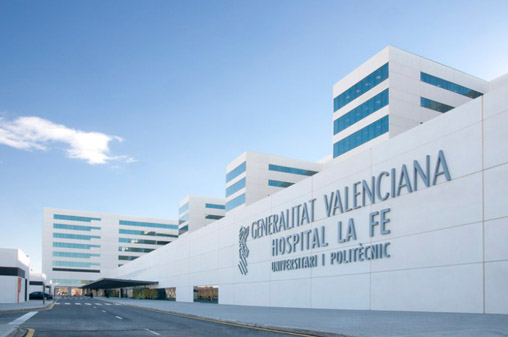
La Fe Hospital
The IIS of La Fe and the Valencian company of advanced services of cancer prevention and genetic counseling ,“Bemygene”, have signed a license agreement to commercialise and promote the development and commercialization of this epigenetic kit.

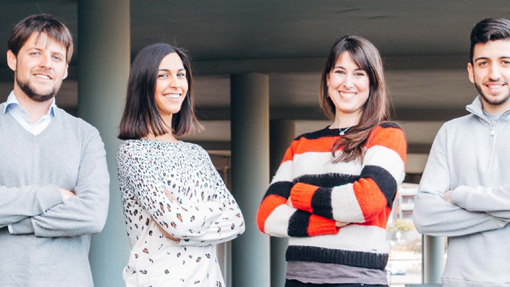
Team of Bemygene
They have also signed a license agreement to market it the Bellvitge Biomedical Research Institute (IDIBELL), the Catalan Institution for Research and Advanced Studies and the Center for Applied Medical Research (CIMA) of the University of Navarra.
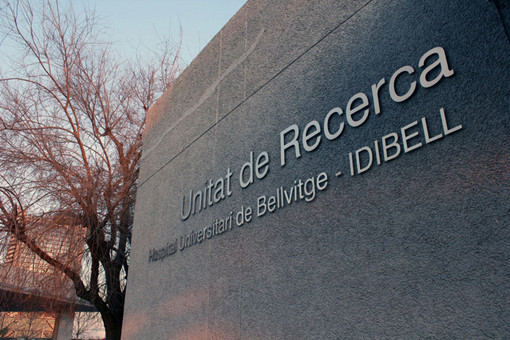
IDIBELL
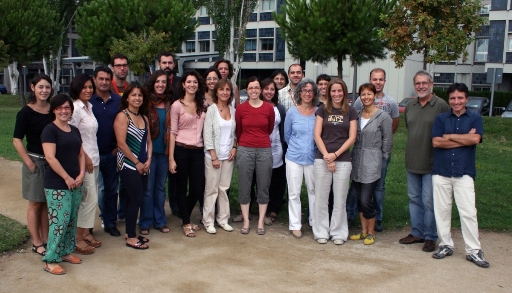
The team of IDIBELL
The system allows combining the epigenetic state of four genes to generate a probability value of lung cancer, customised for each patient.
The Director of the Epigenomics Unit and member of the Biomarkers and Precision Medicine Group of IIS La Fe, Juan Sandoval, is the principal investigator of this research project, that will be transferred to the patient, through a diagnostic kit.
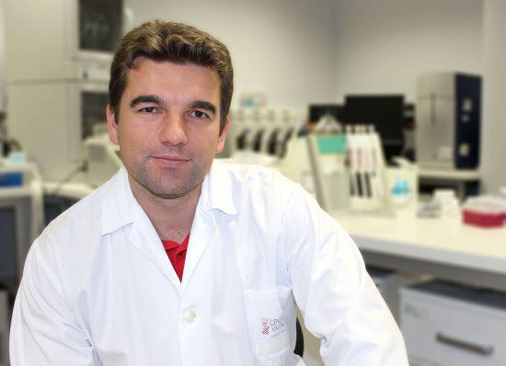
Juan Sandoval
The kit is the result of research funded with FEDER funds and the Carlos III Health Institute and collected, in the article “A novel epigenetic signature for early diagnosis in lung cancer”, published in the scientific journal Clinical Cancer Research, in 2016.
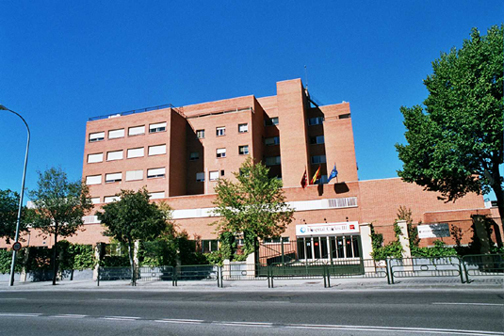
Carlos III Hospital
Bemygene has developed a study that has allowed to define the segment of patients, in which the kit will be really necessary, due to the limitations of conventional techniques, thus favoring its future introduction into the clinical routine. According to Sandoval, this model of epigenetic markers "can help improve the early diagnosis of lung cancer and, therefore, reduce the current high mortality rates".
"It is a very reliable, minimally invasive and affordable kit, which complements and improves the systems currently applied and also allows the diagnosis of areas where it is not possible to use conventional techniques, as they are not biopsy-able", he assures. Sandoval, who considers it a "determining aspect" for its future incorporation into the health system.
The lung cancer is the leading cause of cancer mortality, worldwide, and the evolution of the patient is closely linked to the stage of the tumor, at the time of diagnosis.
Due to its late clinical manifestation, most patients are diagnosed in advanced stages, when curative treatment is no longer possible.
Currently, cytology is the standard method for the diagnosis of this type of cancer, in minimally invasive respiratory samples, but it is a method with low sensitivity. Therefore, there is a need to search for new molecular biomarkers, that improve the diagnostic process of lung cancer, according to the sources.
The main contribution of this diagnostic kit, in bronchoaspirates and sputum induced, in addition to its high sensitivity, is its ability to produce a continuous range of predictions, between 100% and 0% (positive-negative).
The specialist oncology staff will be able to take various actions, according to the predictions, such as carrying out additional tests in doubtful cases.
The development of lung cancer usually has associated a morbidity that prevents the performance of biopsies and, in these cases, it is indicated the application of this epigenetic tool that, in addition, is able to identify false negatives from cytology tests. "The combination of this epigenetic model, highly sensitive and specific, along with standard clinical methods, can help improve the diagnosis of lung cancer and decrease the current mortality rate", he says.
Being a minimally invasive and affordable technique, its use could be extended to the routine hospital clinic and the next step, according to sources, is the promotion of a clinical trial, from the “IIS La Fe”, that allows to evaluate the application of the algorithm, in a real clinical environment.
According to the person in charge of Bemygene, Teresa Valdés Sánchez, the agreement to develop this system implies the possibility of getting patients a technology that could significantly increase the probability of success of lung cancer therapies.

Teresa Valdés
Well, I hope that this article has seemed as interesting to you as to me.
Until my next post, kind regards,
Luis.
Sponsored by Costaluz Lawyers.
Please click below:

 0
Like
Published at 12:28 PM Comments (0)
0
Like
Published at 12:28 PM Comments (0)
A typical warm dish from southern Spain
Tuesday, November 6, 2018
Today I would like to share with you the recipe of a typical hot dish of Andalusia: "Ajo calentito (o Caliente)" (“Warm (or Hot) garlic”).
This is a dish prepared in the style of "Mayeto Roteño" --Mayeto Roteño is the farmer who, in the past, tilled the land, in an artisanal way and took out his vegetables and fruits, to the market, in the month of May--
It is a very complete and very healthy dish, elaborated in a traditional way, in its earthenware bowl and with typical ingredients of the Mayeta roteña garden, peppers, tomatoes and garlic. It is very similar to the “Arranque roteño” ("roteño start" –Roteño means that it comes from Rota, a village in the province of Cadiz, Costa de la Luz, South of Spain--) with the variant of which is prepared with the water of the cooking of the tomatoes and that it is served warm.
These are the Ingredients: 1 Kilo of ripe tomatoes. 2 green peppers. 3 garlic cloves. Extra virgin olive oil. Pole bread settled. Salt. Paprika.
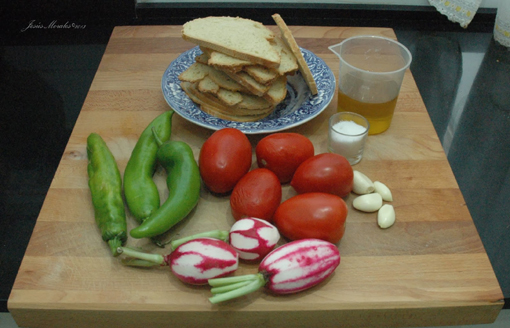
The Ingredients
In a pot, you have to cook the previously washed tomatoes, so that they become tender and to be able to remove the skin easily. Then you have to reserve the water for cooking.
While the tomatoes are cooking, in a earthenware bowl, you are going to knead the peppers, the garlic, the salt and a little bit of paprika, very well, adding the olive oil that you need, little by little, until it has a juicy consistency.
Once the mash is finished, you cut the bread into pieces and add it to the mash.
Then, you have to put the cooked tomatoes, peeled and chopped on top of the bread, with a little bit of water, of which you have used to cook the tomatoes, and cover the earthenware bowl with a thick kitchen cloth, for five or six minutes.
And finally, with the pestle and little by little, you have to grind all the contents, until everything is well crushed and bound, being able to add, during the mash, a little bit more oil or hot water from the cooking of the tomatoes, as you see that you need it.
Serve the “Warm garlic”, in small clay pots, and decorate it with pieces of green pepper.
And this one must be the result:
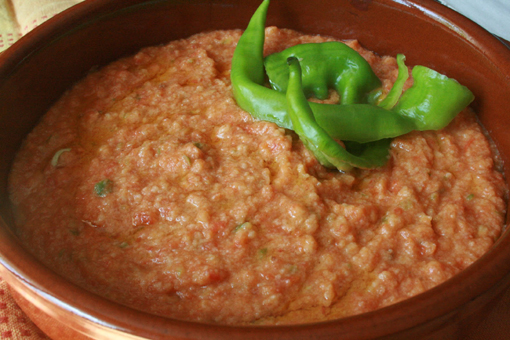
Ajo calentito
Well, I hope that you will like this recipe and hope that you will try to cook it.
Until my next post, kind regards,
Luis.
Sponsored by Costaluz Lawyers.
Please click below:

 1
Like
Published at 11:40 AM Comments (3)
1
Like
Published at 11:40 AM Comments (3)
Spam post or Abuse? Please let us know
|
|